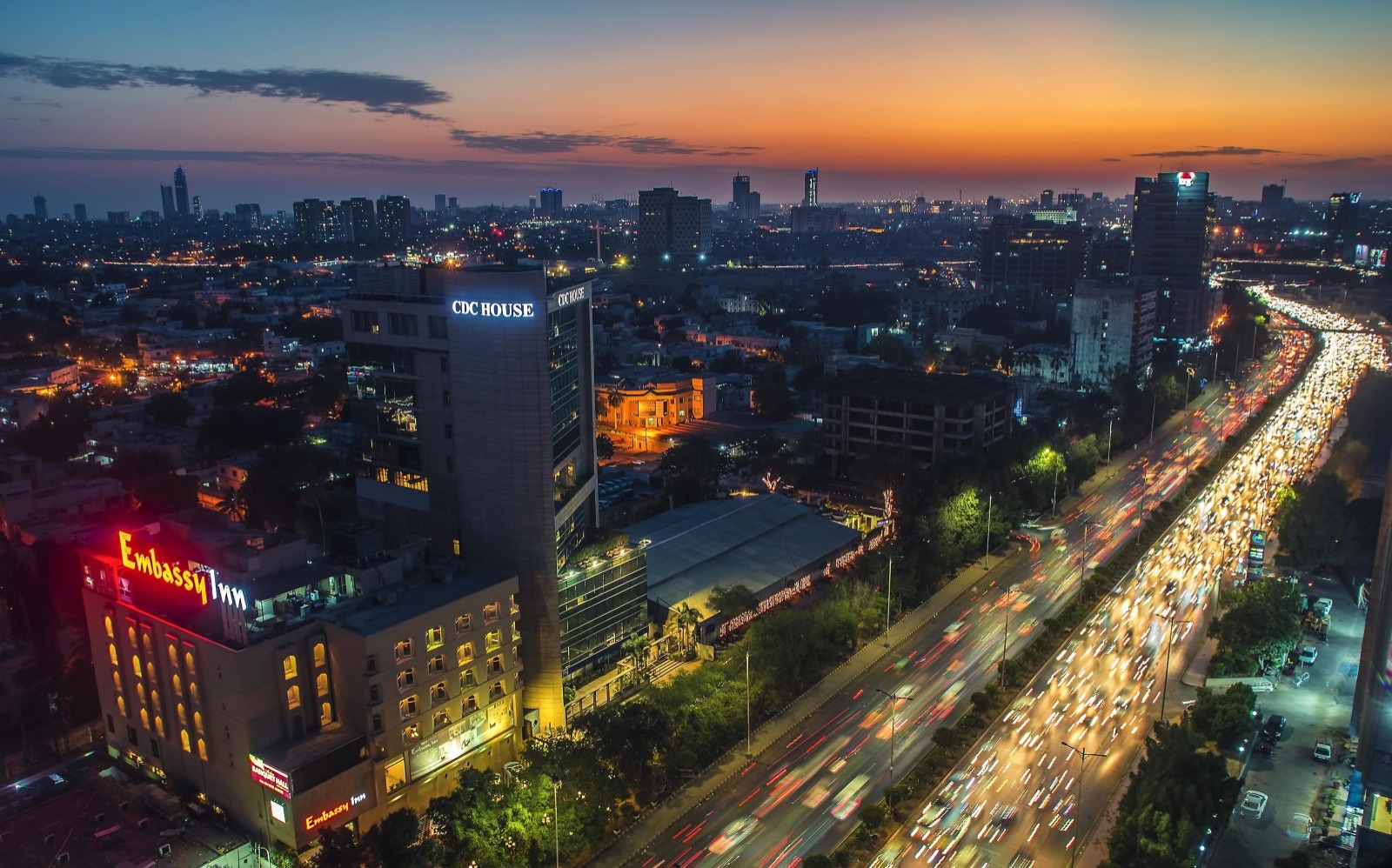In a significant move towards enhancing the aesthetic appeal of Shahrah-e-Faisal and revitalizing Chaukundi Graveyard, Caretaker Sindh Chief Minister Justice (retd) Maqbool Baqar led a follow-up meeting, emphasizing key decisions.
The builder responsible for Falaknaz’s three buildings, located opposite the airport, set to commence a comprehensive facelift within the next six days. Simultaneously, architects will draft an extensive beautification plan for Shahrah-e-Faisal, extending from the airport to Regent Plaza.
The high-profile meeting at CM House included notable figures such as Minister of Culture Dr. Junaid Shah, Mayor Karachi Murtaza Wahab, and Commissioner Karachi Saleem Rajput, among others. The primary focus of the beautification initiative is to improve visual appeal, enhance advertising effectiveness, and foster a cohesive urban environment along Shahrah-e-Faisal.
Justice Baqar outlined guidelines covering design standards, dynamic signage, lighting efficiency, and community engagement. Architects tasked with ensuring unified design language for signage, prioritizing standard sizes, and incorporating digital technology such as LED screens and billboards for dynamic content.
Emphasizing the transformative impact of these guidelines, the CM anticipates an engaging and visually captivating urban environment, providing an enhanced experience for residents and visitors alike. The renovation of the Falaknaz buildings expected to significantly improve the airport entrance’s aesthetics.
The comprehensive beautification of Shahrah-e-Faisal, spanning 18 km from the airport to Regent Plaza, includes plans for tree planting, lawn development, landscape design, sculptures, and the installation of aesthetically pleasing streetlight fixtures.
Meanwhile, regarding Chaukundi Graveyard, Commissioner Karachi Saleem Rajput and DC Malir Saeed Leghari briefed the CM on the identification of 30 acres of land for a new graveyard. This initiative aims to replace the aging Chaukundi Graveyard, comprising 93.38 acres of land, including the existing 25.04 acres and an additional 68.34 acres within the boundary walls.
The removal of encroachments has prepared the land for development. Acting on architects’ advice, the culture department tasked with arranging Jungshahi stone for the compound wall and overseeing the construction of benches and related monuments.
These strategic decisions underscore the commitment to transforming key areas in Karachi, promising a revitalized urban landscape and improved facilities for residents and visitors.

